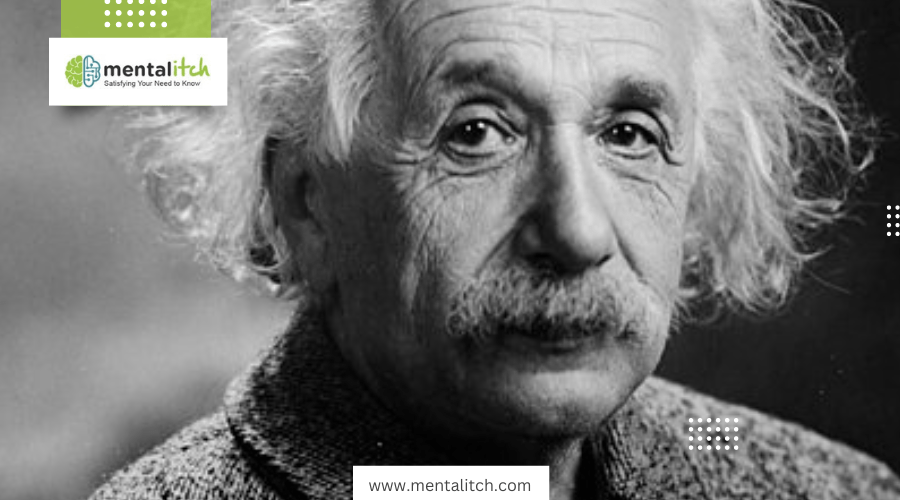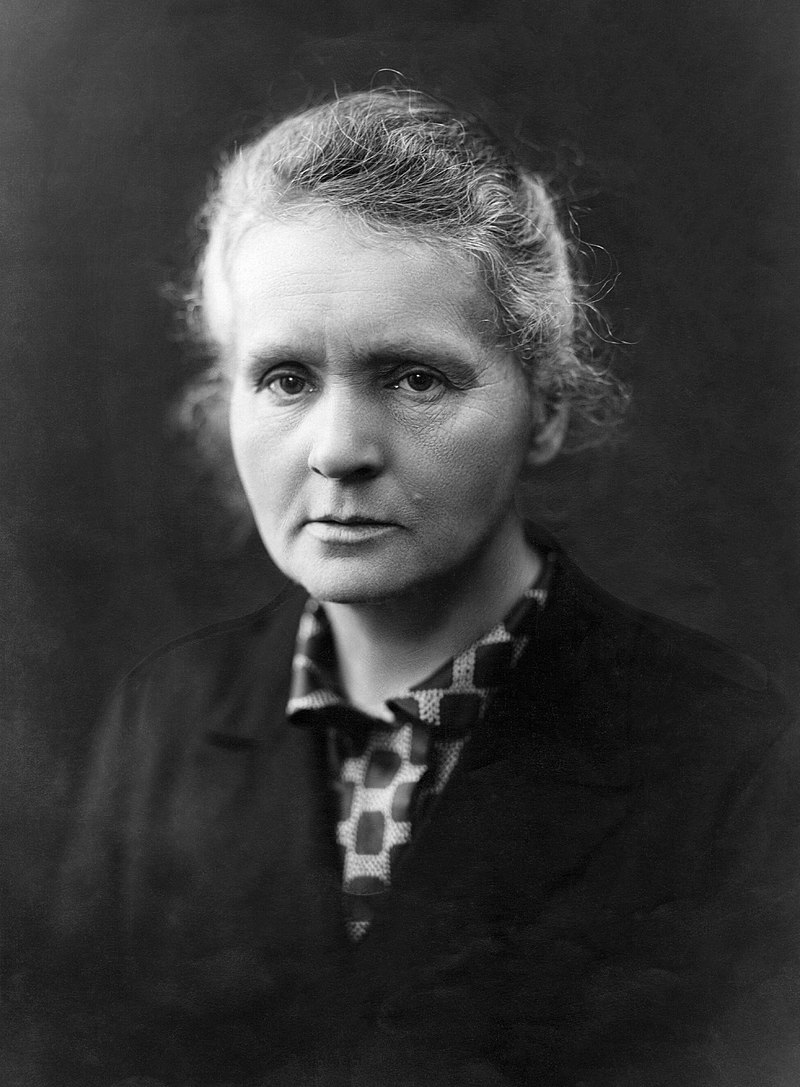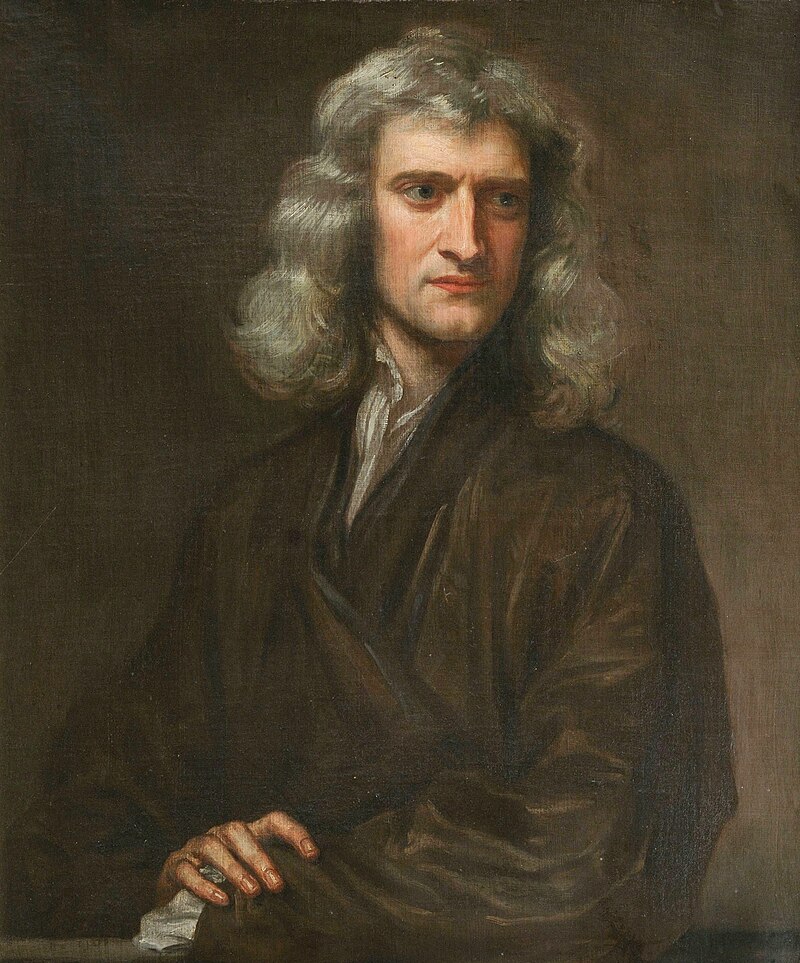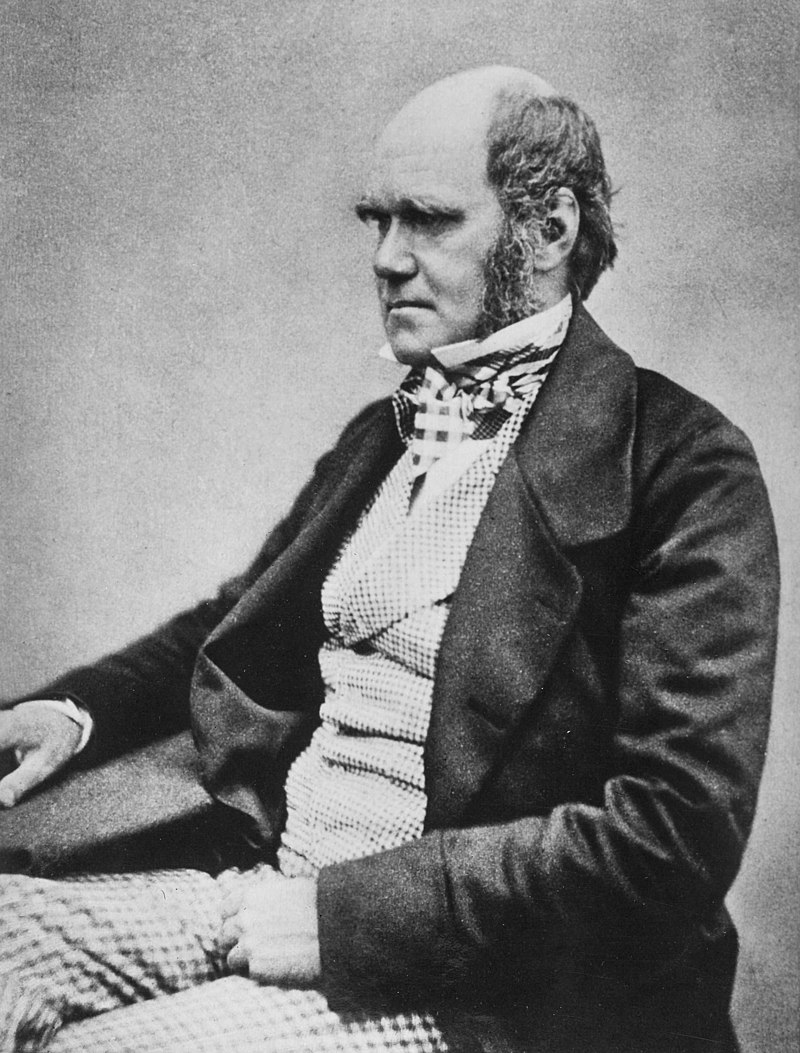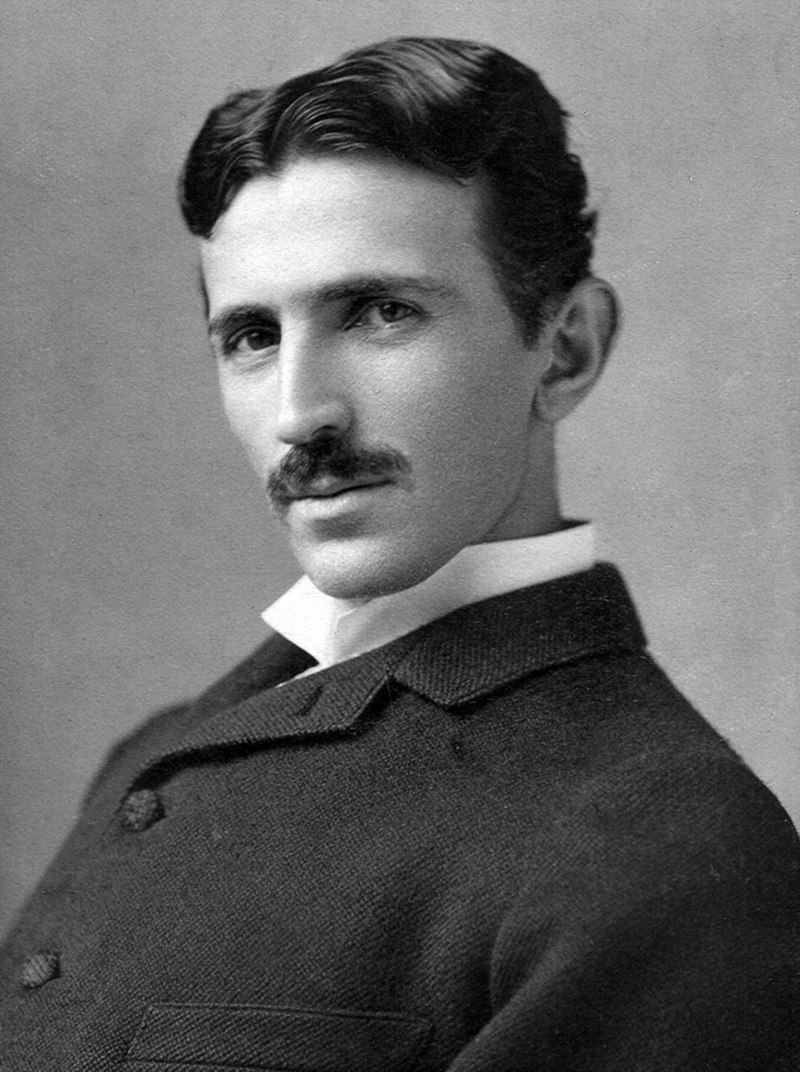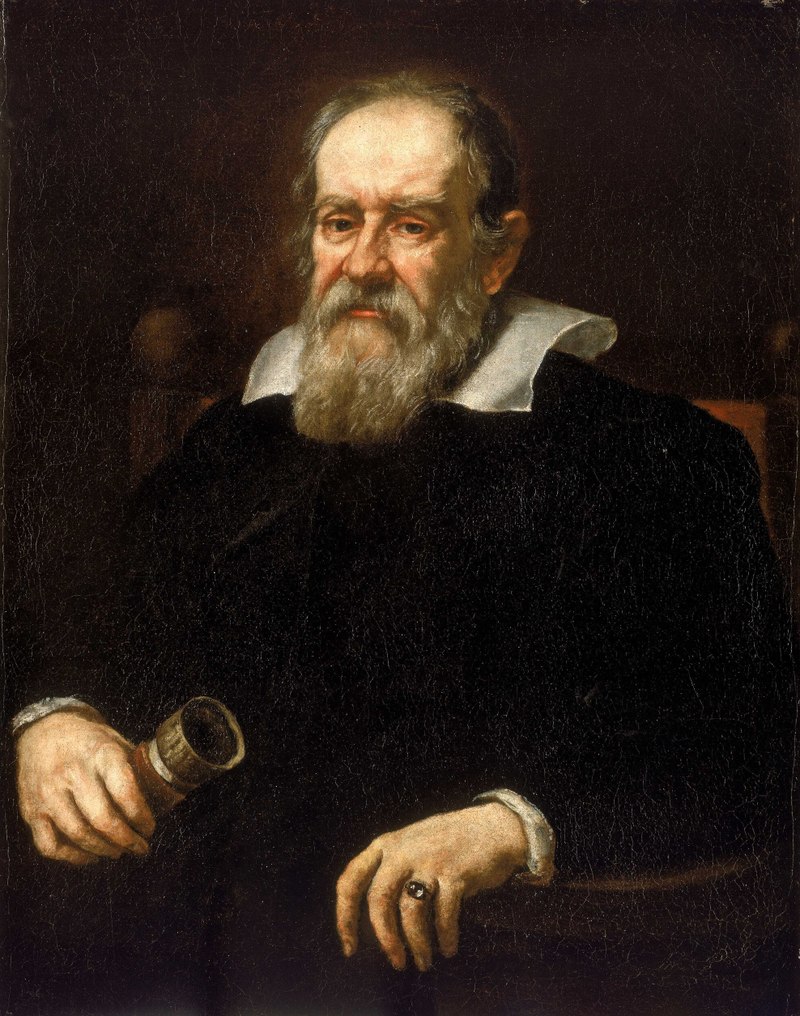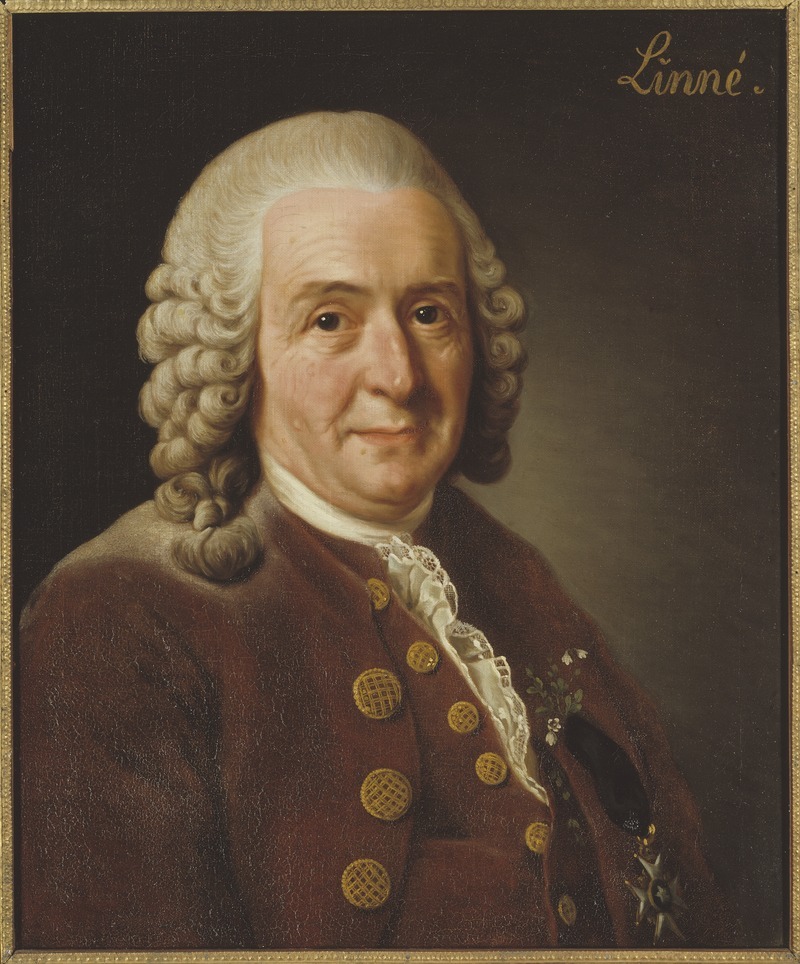Did you know that over 90% of the technological advancements you enjoy today can be traced back to the work of just a handful of scientists? These pioneers, from Albert Einstein to Marie Curie, didn’t just push the boundaries of their fields; they shattered them, setting the stage for centuries of innovation. As you consider the vast universe of scientific discovery, you’ll find that the stories of these remarkable individuals aren’t just tales of personal triumph but blueprints for the future.
Let’s explore what makes their contributions so enduring, and perhaps you’ll uncover how their legacies continue to shape our world.
Albert Einstein’s Legacy
Albert Einstein turned the world of physics on its head with his revolutionary theories, fundamentally reshaping our understanding of the universe. Born in Ulm, Germany, in 1879, you’d be surprised to learn that his groundbreaking work on the photoelectric effect, not the famous equation E=mc^2, earned him the Nobel Prize in Physics in 1921. Einstein’s theories of special relativity and general relativity introduced concepts that challenged conventional notions of space and time, laying the groundwork for modern physics and cosmology.
You might find it fascinating that Einstein’s legacy extends far beyond E=mc^2. His contributions predicted phenomena like black holes and gravitational waves, elements that were once purely theoretical but have since been empirically confirmed. These predictions have had profound implications for the study of the cosmos, influencing everything from quantum mechanics to the fundamental nature of the universe itself.
Through his work, Einstein didn’t just contribute to physics; he revolutionized how you perceive the universe. His theories have paved the way for advancements in understanding the cosmos, from the smallest particles to the vastness of space and time, cementing his legacy as one of the most influential scientists of all time.
Marie Curie’s Discoveries
At the turn of the 20th century, Marie Curie shattered barriers in science with her discovery of the radioactive elements polonium and radium. You might know her as the first woman to clinch Nobel Prizes in two distinct scientific fields: Physics and Chemistry. Yet, it’s her pioneering work in radioactivity that truly revolutionized how we comprehend atomic structure. Imagine, at a time when the scientific community largely sidelined women, Curie’s relentless pursuit of knowledge led to breakthroughs that laid the groundwork for advancements in medical treatment and nuclear physics.
Her discoveries weren’t just monumental; they were transformative. By isolating polonium and radium, Curie opened up new avenues for scientific exploration, pushing the boundaries of what was considered possible in her time. Her work didn’t just challenge the status quo; it dismantled it, proving that radioactivity was a key to unleashing the mysteries of the atomic world. Despite facing discrimination, Marie Curie’s contributions to science remain invaluable, underscoring her legacy as a true pioneer in her field. Her story isn’t just about the triumph of a remarkable scientist; it’s a confirmation to the enduring impact of curiosity and perseverance against all odds.
Isaac Newton’s Theories
While Marie Curie’s work unsealed the secrets of radioactivity, Isaac Newton’s theories reshaped our understanding of the physical universe. You can’t discuss the scientific revolution or the fundamentals of modern physics without mentioning Isaac Newton. He’s the mind behind the three laws of motion, cornerstones of classical mechanics that describe how objects move through space and time.
Newton didn’t stop there; he introduced calculus, a groundbreaking mathematical tool that’s vital for analyzing motion and change. Imagine trying to solve complex equations or predict planetary motion without it!
Speaking of planetary motion, Newton formulated a model explaining the gravitational forces between celestial bodies. This was a game-changer, providing a mathematical framework for understanding how planets orbit the sun.
| Contribution | Impact |
|---|---|
| Three Laws of Motion | Foundation of Classical Mechanics |
| Calculus | Essential for motion and change analysis |
| White Light Spectrum | Revealed white light’s composite nature |
| Planetary Motion Model | Explained gravitational forces among celestial bodies |
| Gravitational Forces | Pioneered the study of celestial mechanics |
These achievements not only revolutionized the way we see the universe but also laid the groundwork for countless advancements in physics and beyond.
Charles Darwin’s Evolution
Charles Darwin’s groundbreaking theory of evolution by natural selection fundamentally transformed our understanding of life’s diversity on Earth. Before Darwin, the complexity and variety of life were mysteries largely explained through supernatural or static frameworks. However, Darwin’s keen observations and scientific rigor led him to propose a mechanism that explained how species adapt and evolve over time.
In his seminal work, “On the Origin of Species,” published in 1859, Darwin introduced the concept of natural selection. He argued that individuals within a species vary, and some of these variations better equip them for survival and reproduction in their environment. Over generations, these advantageous traits become more common, leading to gradual changes and the emergence of new species.
Darwin’s theory also proposed the idea of common ancestry, suggesting that all life forms are related and have descended from a few original species. This concept provided a scientific foundation for the diversity of life on Earth, explaining how complex forms of life evolved from simpler ancestors through adaptation and natural selection.
Nikola Tesla’s Innovations
Nikola Tesla, a visionary engineer, revolutionized the world with his development of the alternating current (AC) electrical system. His work not only paved the way for modern electrical engineering but also introduced concepts that would shape the future of electrical power systems and wireless communication technologies. Tesla’s innovative contributions, driven by his visionary approach, demonstrated the power of thinking beyond the conventional bounds of science and engineering.
Here are a few of Tesla’s groundbreaking innovations:
- Alternating Current (AC) Electricity: Tesla’s development of AC electricity transformed the way power was transmitted and used, making it possible to supply electricity over long distances more efficiently and safely.
- The Tesla Coil: This invention played an important role in the advancement of radio technology and the development of wireless transmission, showcasing Tesla’s foresight into the potential of wireless communication technologies.
- Numerous Patents in Electricity and Magnetism: Tesla held hundreds of patents that underscored his innovative contributions to electrical engineering, including practical applications that remain foundational to modern electrical power systems.
Tesla’s work, characterized by a mix of theoretical brilliance and practical application, remains a statement to his enduring influence in the fields of electrical engineering and beyond.
Galileo Galilei’s Observations
Galileo Galilei revolutionized our understanding of the universe with his groundbreaking telescopic observations, challenging long-held beliefs and setting the stage for modern astronomy. Through the lens of his improved telescope, Galileo made astronomical discoveries that shook the foundations of how we view celestial bodies. He didn’t just look up; he saw Jupiter’s moons orbiting, not Earth, providing undeniable evidence that supported the heliocentric model. This bold stance put him in direct conflict with the Catholic Church, highlighting the intense clash between science and religion of the era.
| Discovery | Impact | Conflict |
|---|---|---|
| Jupiter’s Moons | Supported Heliocentric Model | Challenged Geocentric View |
| Telescope Improvements | Allowed Detailed Observations | Empowered Future Research |
| Persecution by Church | Highlighted Science and Religion Clash | Stifled Scientific Expression |
Galileo’s perseverance in the face of persecution for his scientific beliefs illustrates the relentless pursuit of truth that defines the scientific method. Despite the heavy price, including his trial and house arrest, Galileo’s work laid the groundwork for modern astronomy, showing that observation, not dogma, should lead our understanding of the universe. His story teaches us the value of questioning, exploring, and, most importantly, observing the world around us to crack the mysteries of the cosmos.
Ada Lovelace’s Algorithms
Ada Lovelace, known as the first computer programmer, revolutionized technology with her creation of the first algorithm intended for machine computation. Working alongside Charles Babbage, the inventor of the Analytical Engine, Lovelace demonstrated an unparalleled foresight into the capabilities of computing. Her contributions were not just a confirmation of her partnership with Babbage but also highlighted her independent brilliance in mathematics and technology.
To keep you engaged, consider these intriguing aspects of Lovelace’s work:
- First to envision software: Ada Lovelace went beyond Babbage’s hardware-focused vision, imagining a world where machines could manipulate symbols in accordance with rules and perform tasks beyond mere calculation.
- Bernoulli numbers calculation: Her algorithm for Bernoulli numbers is considered the first computer program, showcasing the potential of the Analytical Engine for complex mathematical computations.
- Pioneering computer science: Lovelace’s insights laid the groundwork for modern computing, establishing her as a visionary in the field of computer science and mathematics.
Lovelace’s algorithms and her vision for the future of computing have cemented her legacy as a trailblazer in technology. Her work continues to inspire generations of computer scientists and mathematicians.
Pythagoras’s Theorems
Just as Ada Lovelace laid the groundwork for modern computing with her algorithms, Pythagoras’s Theorem has been pivotal in shaping the field of geometry. Attributed to the ancient Greek mathematician Pythagoras, this fundamental principle asserts that in a right-angled triangle, the square of the hypotenuse’s length equals the sum of the squares of the other two sides. Expressed as \(a^2 + b^2 = c^2\), where \(c\) represents the hypotenuse, and \(a\) and \(b\) are the lengths of the other sides, it’s a cornerstone of geometry that’s left a lasting impact on various fields.
You’re likely to encounter Pythagoras’s Theorem beyond the scope of mathematics. Its applications stretch into architecture, engineering, and even trigonometry, making it indispensable for calculating distances, angles, and solving complex real-world problems involving right triangles. This theorem isn’t just a mathematical concept; it’s a foundational tool that bridges theoretical math with practical applications. Whether you’re designing a building or understanding the physics of motion, Pythagoras’s insights into right-angled triangles provide the clarity and precision needed to navigate the complexities of the physical world.
Carl Linnaeus’s Classifications
Revolutionizing the way they comprehend biodiversity, Carl Linnaeus’s development of the binomial nomenclature system in the 18th century established the groundwork for the classification of living organisms. As the father of modern taxonomy, Linnaeus introduced a method that was not just innovative but became the cornerstone for naming organisms. Through his meticulous work, he laid out a clear, hierarchical system that structured the vast diversity of life into understandable segments.
Here’s why Linnaeus’s contributions are pivotal:
- Binomial Nomenclature: This system simplified the naming process by assigning each species a unique, two-part Latin name, ensuring consistency and clarity across the scientific community.
- Hierarchical Groupings: Linnaeus organized living organisms into a set of categories ranging from broad to specific – kingdoms down to species, making it easier to study and understand the relationships between different organisms.
- Standardization of Taxonomy: Before Linnaeus, naming was erratic and subjective. His system offered a universal language for scientists worldwide, enhancing communication and research in biology.
Carl Linnaeus’s classifications in the 18th century not only facilitated the organization and study of living organisms but also paved the way for future discoveries in the domain of taxonomy.
Rosalind Franklin’s Contributions
Rosalind Franklin’s groundbreaking X-ray diffraction images were instrumental in revealing the double helix structure of DNA, marking a pivotal moment in the field of genetics. Her meticulous work laid the groundwork for monumental advancements in genetics and molecular biology, transforming our understanding of life’s blueprint. Yet, despite her critical role, Franklin didn’t receive the credit she deserved during her lifetime.
Your understanding of the DNA double helix owes much to Franklin’s brilliance. Her images, particularly the famous ‘Photo 51,’ provided the key evidence Watson and Crick needed for their landmark discovery of the DNA structure. However, Franklin’s contribution to this discovery was overshadowed, and the recognition she was due only came posthumously.
Today, as you explore DNA research, it is necessary to acknowledge Franklin’s significant role. Her dedication to her work, despite the lack of acknowledgment, highlights the impact of her contributions. Franklin’s story is a proof to the critical role of women in science, reminding us that their achievements are often underappreciated. In the annals of genetic and molecular biology advancements, Rosalind Franklin stands posthumously recognized, her legacy indelibly linked to our understanding of the very essence of life.
Conclusion
You’ve explored the legacies of some of the most influential scientists of all time. From Einstein’s revolutionary theories to Curie’s groundbreaking work in radioactivity, and from Newton’s laws to Darwin’s evolution, these figures have reshaped our understanding of the universe. Tesla’s electrical innovations, Lovelace’s algorithms, Pythagoras’s theorems, Linnaeus’s classifications, and Franklin’s contributions have all paved the way for modern science. Their discoveries continue to inspire and challenge us, pushing the boundaries of what we comprehend.

